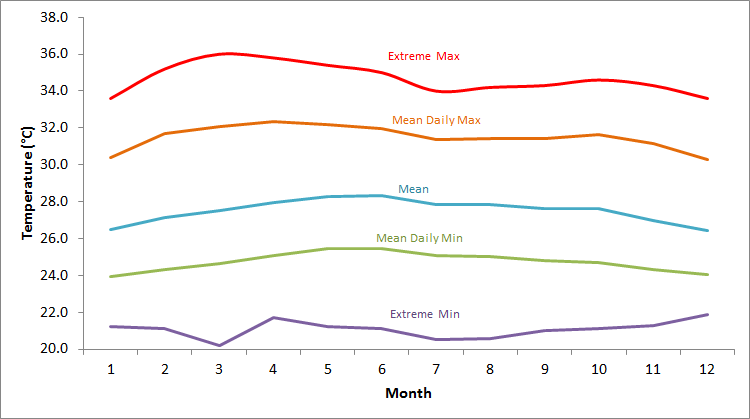Singapore Weather Ultimate Guide
Singapore Weather
Singapore weather : a vibrant city-state located just north of the equator, offers a rich tapestry of cultural diversity, modern architecture, and lush greenery. A crucial aspect of planning any visit to Singapore involves understanding its tropical climate, which directly influences outdoor activities, sightseeing plans, and what to pack. This guide delves deep into the nuances of Singapore’s weather, providing travelers with essential insights into seasonal variations, monthly weather forecasts, and practical tips for a comfortable journey. Whether you’re exploring the iconic Gardens by the Bay, wandering through the bustling streets of Chinatown, or attending business meetings in Marina Bay, knowing what to expect from Singapore’s weather will enhance your experience.
Understanding Singapore’s Climate
Seasonal Variations
Monthly Weather Breakdown









